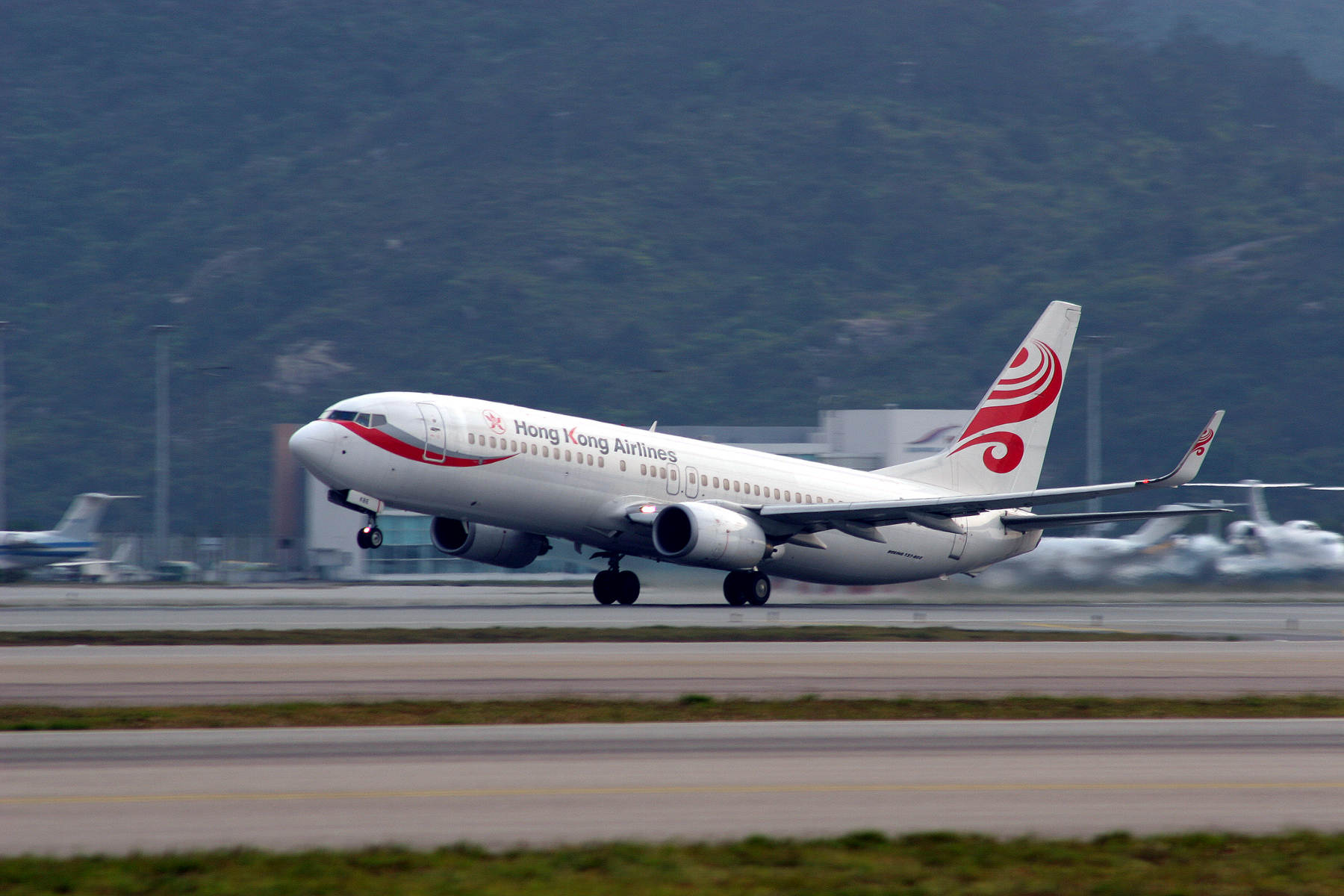 |
| Picture by Alex Chau. Used under GNU License. |
On November 7th, 2011, Hong Kong based Hong Kong Airlines, a subsidiary of Hainan Airlines Group, announced that it would be launching an all-premium nonstop service between Hong Kong and London, beginning in March of 2012. The service will be offered on Airbus A330-200 aircraft configured in two classes; Club Premier and Club Classic. Club Premier will feature 34 full lie-flat seats in a 1-2-1 configuration. Club Classic will feature 82 angled-lie flat seats in a 2-2-2 configuration (akin to most short haul regional business classes). The carrier plans to offer full lounge access on both ends of the route (a given), in-seat entertainment, WiFi, and the usual catering and amenities for a business class cabin.
Long-haul premium-only travel has a history of not working out well
Setting aside the vagaries of actually making such an operation work, it’s important to note that business-class only travel has not worked out very well over the past 10 years. Take the examples of MAXjet Airways and Eos Airlines, to name just two.
MAXjet and Eos were both upstart carriers (which this new carrier will be in terms of long-haul premium traffic)who operated long-distance flights between London’s Stansted Airport, and the United States. Both of these operations failed within a few years of operation, mainly because they forgot a very key fact about premium travel; it’s hard to capture a large share of profitable traffic without brand recognition, especially when an airline’s operations are based out of a city’s secondary airport.
This story has been paralleled around the world (with carriers such as SilverJet and OpenSkies), and over time, the only carrier to sustain long-haul business class-only flights on widebody equipment is Singapore Airlines.
Hong Kong Airlines suffers from a lack of brand recognition
As with Maxjet and Eos before them, Hong Kong Airlines lacks significant brand identification amongst premium Hong Kong based travelers. When taken together with sister carrier Hong Kong Express Airways, Hong Kong Airlines is seen as decidedly a leisure player within the Hong Kong business travel market. Corporate contracts reside almost entirely with Cathay Pacific, and the fare premium for Cathay in business and first class routinely tops 100%.
Given these institutional disadvantage, it will be imperative for Hong Kong Airlines to streamline their operation to maximize value for the high-paying customers. If they have to resort to selling discounted tickets on par with one-stop flights Hong Kong-London. As of right now, they would likely be the fourth choice for business class travel between London and Hong Kong (behind Cathay, Air New Zealand, and British Airways); they must become at least on par with the other three for the service to work.
Serving London-Heathrow is key to the success of the new flight
While Hong Kong Airlines will obviously be based at Chep Lap Kok (HKIA) on one end, will they be able to get slots at London-Heathrow (the preferred airport for London business travelers)? Moreover, will the slots they acquire be optimized for business traffic? As we pointed out above, Hong Kong Airlines suffers from a lack of brand recognition in Hong Kong. If the service is to work, they must utilize optimal flight times for business travelers; generally late evening departures and early morning arrivals.
But Hainan Airlines currently posesses no slots at London-Heathrow, and even if it were to procure slots; it is likely that they would not be at optimal times; these slots are by the most coveted. Thus, if Hong Kong Airlines wanted to time their flights optimally, they’d have to serve London Gatwick or Stansted; neither of which is a preferred option for business travelers.
Hong Kong Airlines must create a strong hard and soft product for these flights
Taking the example of Singapore Airlines again, one must consider what exactly it is that allows them to succesfully operate premium-only service. By far the biggest differentiator is their superior service reputation; Singapore Airlines is widely lauded as the world’s best carrier. This repuation is driven as much by the culture of service at Singapore Airlines, and the employees (especially the world famous Singapore Girl) as by the actual product itself (seats, IFEC, etc.). Realistically, there is not much difference between the hard business class products of various airlines, there are only so many amenities, so much seat pitch, and so many IFEC capabilities that can be added onto a flight, where the truly great carriers (and we’d put Cathay in this group service-wise), differentiate themselves is in their “soft product,” the little things like using china instead of plastic for plates, and by far the most important, a superior atmosphere created by the flight attendants, gate attendants, and the like.
There will likely be very little difference between Cathay’s hard product and Hong Kong Airlines’; and Cathay Pacific offers a first class cabin on the route. Thus Hong Kong Airlines must at the very least match Cathay Pacific’s superb service experience; and that starts with their service employees.
Ultimately, Hong Kong Airlines will face a stiff challenge in making these new premium flights viable. Hong Kong based O&D passengers are most likely going to choose Cathay over them, forcing them to rely on lower-yielding connecting traffic. Perhaps they will re-time some of their Chinese flights to arrive before this new London departure. But even if they are able to fill these aircraft with connecting passengers, the service might not be fully profitable unless they are able to serve London-Heathrow.
 Bangalore Aviation News, Reviews, Analysis and opinions of Indian Aviation
Bangalore Aviation News, Reviews, Analysis and opinions of Indian Aviation

